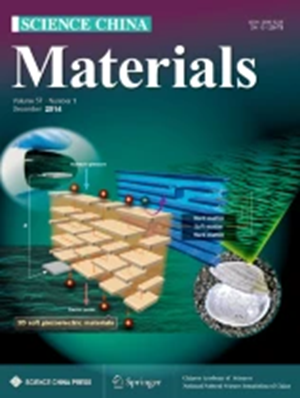Solution viscosity-governed phase separation and aggregation kinetics enable high-efficiency, eco-friendly slot-die coated organic solar cells
Abstract
Slot-die coating with halogen-free solvents is a promising scalable fabrication strategy for organic solar cells (OSCs). However, the complex interplay between long-time-scale solute diffusion and microstructural evolution during the coating process remains poorly understood, limiting further optimization of morphology and device performance. In this study, we elucidate the critical role of solution viscosity in regulating phase separation and aggregation kinetics. Specifically, lower solution viscosity enhances solute diffusion, accelerating molecular aggregation while suppressing liquid-liquid phase separation (LLPS). Notably, we observe that in three different systems with varying crystallinity and immiscibility (PM6:Y6, PTQ10:Y6, and D18:Y6), the optimal processing conditions for peak device efficiency consistently correspond to a nearly identical solution viscosity (∼0.8 mPa s), despite variations in optimal processing temperatures. In situ characterizations reveal that at this viscosity, all three systems exhibit constrained LLPS and rapid molecular aggregation, promoting the formation of finely structured, continuous nanoscale domains. These findings establish solution viscosity as a universal governing parameter for morphology control in printed active layers. By providing a fundamental framework for understanding viscosity-mediated phase separation, this work offers valuable insights for advancing high-throughput, environmentally friendly printing techniques for high-efficiency OSCs.

 求助内容:
求助内容: 应助结果提醒方式:
应助结果提醒方式:


